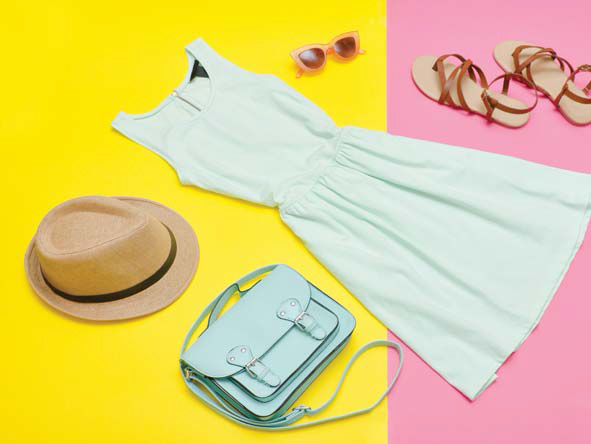Fashion is not food for intellectual marketing strategy. It is the fodder for the soul of your target audience. It is not about a new collection, new colors, and new stuff on the fashion runway or a new service that changes with each season. It’s about understanding why this ephemeral concept occupies such a permanent space in their hearts, minds and souls…
Goodbye Old Wisdom
“The clothes you wear don’t just change the way other people see you, they change the way you see yourself. Wearing certain kinds of clothes can affect the way you behave and even change the way you think. That means wearing a pair of glasses not only makes you look smart; it also makes you feel and act like you are now less dumb.”
These are psychological truths about fashion that have been doing the rounds for decades and are quoted in research and marketing journals over and over again. Rooted in the byways of intellectual thought are papers on Enclothed Cognition and Signaling Theory available on the net that talk about the psychology of fashion, what we signal to others when we dress up, how clothes can change our thinking, etc. But are these relevant in today’s world? What does a marketer really do with such normcore insights? In the speed of fast fashion delivered by Zara and H&M, how is the marketer expected to play catch up?
Fashion is Emotional, Social, Cultural, Behavioral Psychology
Fashion is not food for intellectual marketing strategy. It is the fodder for the soul of your target audience. It is not about a new collection, new colors, and new stuff on the fashion runway or a new service that changes with each season. It’s about understanding why this ephemeral concept occupies such a permanent space in their hearts, minds and souls.










